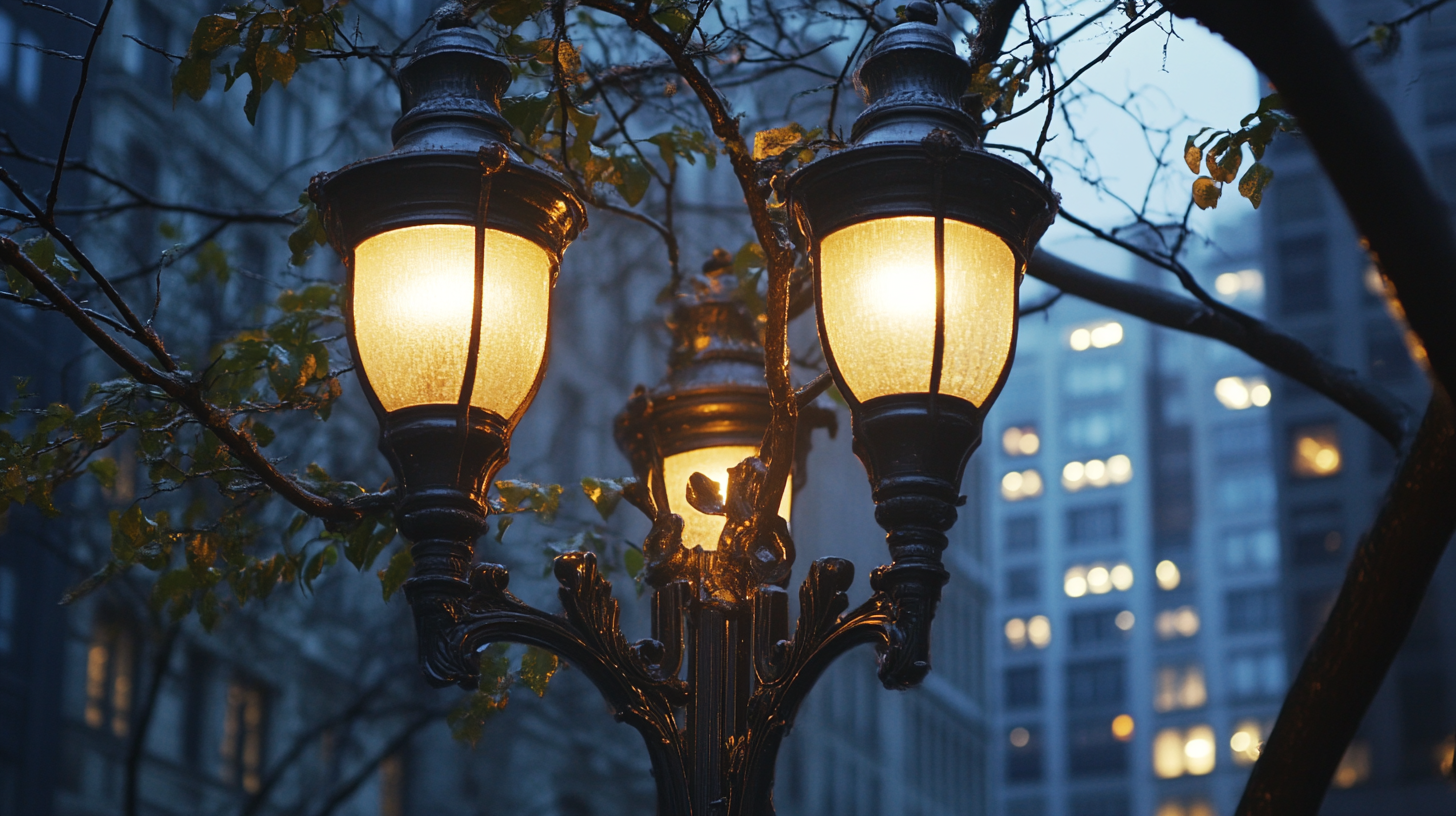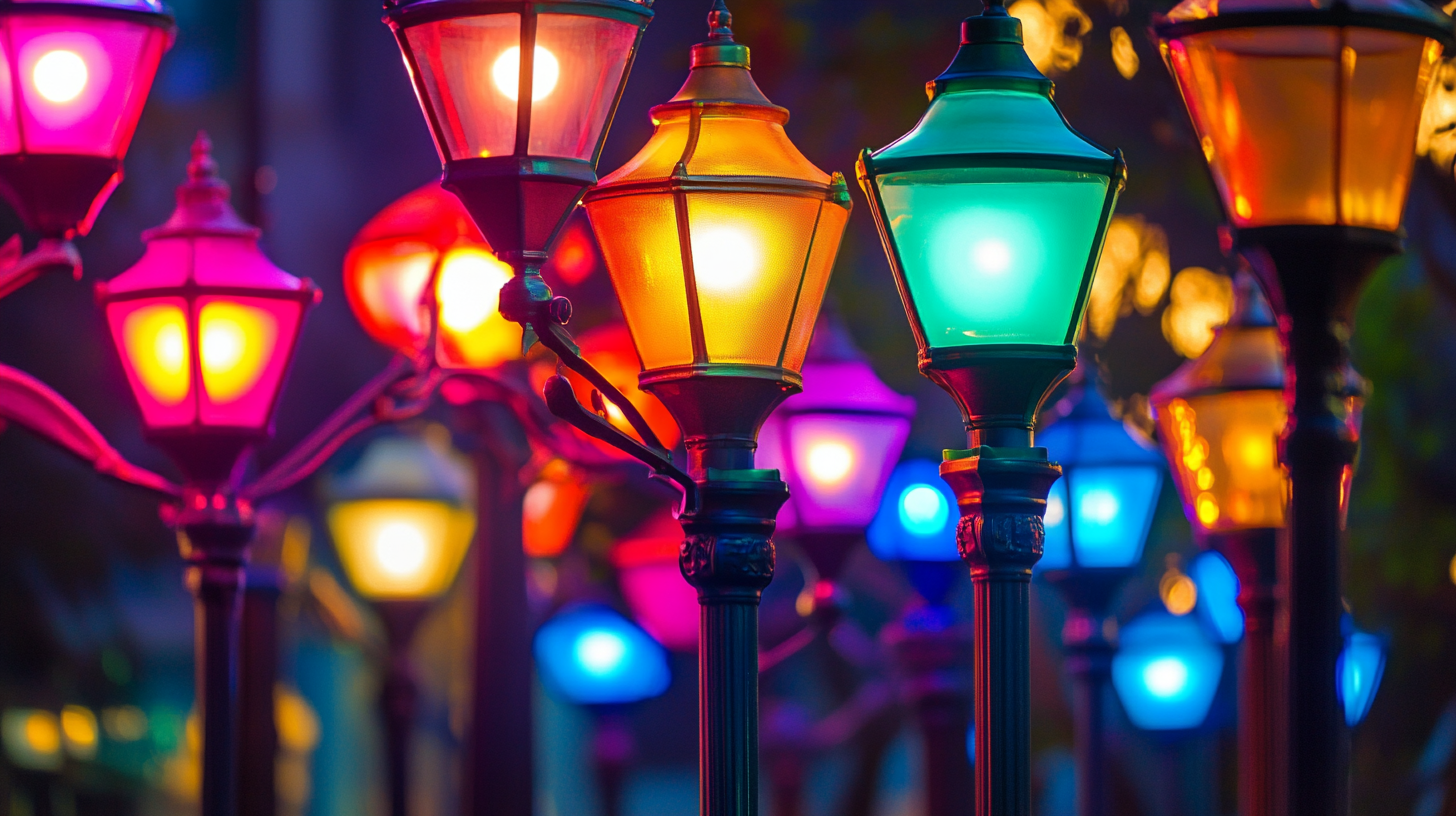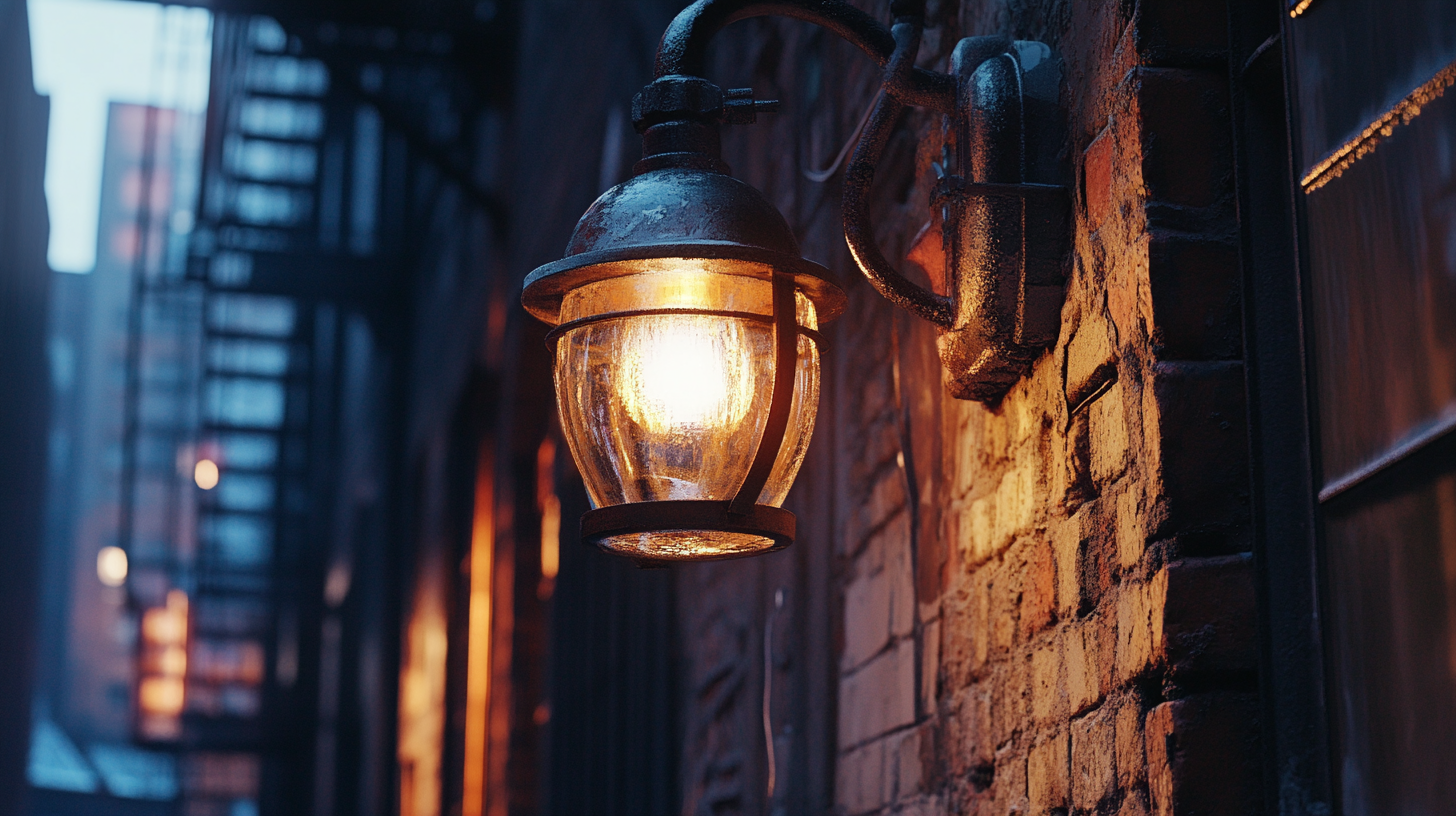Exploring Varieties of Street Lights and Their Best Applications for Global Buyers
In recent years, the global street lights market has undergone significant transformations driven by technological advancements and sustainability initiatives. According to a report by Grand View Research, the global smart street lighting market is expected to reach USD 22.7 billion by 2025, growing at a CAGR of 16.5% from 2019 to 2025. The increasing demand for energy-efficient solutions has led to a shift from traditional street lights to smart lighting systems that not only enhance safety and visibility but also contribute to reducing energy consumption. This evolution highlights the importance of discerning the diverse varieties of street lights available and their ideal applications in urban environments.
As cities worldwide strive for modernization and sustainability, understanding the implications of different street light technologies is crucial for global buyers. The International Energy Agency (IEA) reports that street lighting accounts for approximately 20% of total energy consumption in urban areas, underscoring the potential impact that innovative lighting solutions can have on energy savings. By exploring the various types of street lights available, including LED, solar, and smart lighting systems, buyers can make informed decisions that align with their environmental goals and meet the unique needs of their communities. This blog aims to provide an overview of the distinct varieties of street lights and their best applications to guide global buyers in selecting the most appropriate solutions for their projects.

Types of Street Lights: A Comprehensive Overview for Global Buyers
Street lights play a pivotal role in urban infrastructure, enhancing visibility and safety during nighttime. With a variety of street light types available, it's essential for global buyers to understand their features and best applications. Among the most common types are LED street lights, solar-powered lights, and smart street lighting solutions. Each type offers unique benefits, catering to different needs and environments. LED street lights are increasingly popular due to their energy efficiency and long lifespan. They provide bright illumination while consuming less electricity than traditional options, making them an environmentally friendly choice. Urban areas, where high traffic and pedestrian safety are paramount, benefit significantly from LED technology. Furthermore, their ability to reduce carbon footprints aligns with global sustainability goals. Solar-powered street lights present another innovative solution, particularly for regions with abundant sunlight. These lights harness solar energy, making them ideal for remote or off-grid locations. Their installation costs might be higher initially, but the reduction in electricity bills and minimal maintenance make them a practical long-term investment. Lastly, smart street lighting, enhanced with IoT technology, offers dynamic functionalities such as adjusting brightness based on real-time conditions or integrating with traffic management systems. This type is well-suited for smart cities aiming to improve energy management and safety. By understanding the distinct characteristics of these street light varieties, global buyers can make informed decisions tailored to their specific application needs.

Energy-Efficient Solutions: Comparing LED, Solar, and Traditional Options
As urban areas continue to grow, choosing the right street lighting has become increasingly essential for enhancing safety and energy efficiency. Among the various options available, LED, solar, and traditional street lights each serve distinct purposes that can significantly impact both operational costs and environmental sustainability.
LED street lights have gained prominence due to their energy efficiency. According to a report by the U.S. Department of Energy, LED technology in street lighting can reduce energy consumption by up to 50% compared to conventional incandescent bulbs. Furthermore, the long lifespan of LEDs — averaging around 50,000 hours — leads to lower maintenance costs, making them a smart investment for cities aiming to cut down on both energy expenditure and replacement frequencies.
Solar street lights offer a compelling alternative, particularly in areas with ample sunlight. The Global Solar Street Lighting Market Report projects that the market will expand at a CAGR of 20% from 2021 to 2028. These systems harness solar energy, thus eliminating electricity costs and reducing carbon footprints. They are particularly beneficial for remote areas where conventional electricity infrastructure is lacking. Recent case studies illustrate that municipalities switching to solar street lights can recover their investment within 5-7 years through savings in energy and maintenance.
Traditional street lights, while still prevalent, are becoming less favored due to their inefficiency and higher operational costs. For instance, sodium vapor lamps, although commonly used in the past, consume significantly more energy compared to their modern counterparts. The International Energy Agency (IEA) reports that cities transitioning from traditional to energy-efficient lighting systems can potentially save up to $5 billion annually in energy costs alone. Thus, as cities worldwide consider their lighting strategies, the shift towards LED and solar technology not only enhances illumination but also contributes to sustainable urban development.

Urban vs. Rural Applications: Identifying the Right Street Light for Each Setting
When it comes to selecting the right street lights, the application context—urban or rural—plays a pivotal role in determining the ideal fit. Urban settings typically demand lighting solutions that provide high levels of illumination to ensure safety and visibility in densely populated areas. Here, LED street lights with a higher lumen output are often preferred to brighten busy streets, parking lots, and pedestrian areas. Smart lighting systems can also enhance energy efficiency and adaptability, allowing cities to manage light levels based on traffic flow and time of day.
In contrast, rural areas have unique lighting needs that differ significantly from urban environments. Here, the focus is often on enhancing visibility while maintaining a balance with energy consumption. Solar-powered street lights are an excellent choice in remote locations where electrical infrastructure may be limited. These systems harness solar energy during the day, providing reliable lighting at night, thus making them an environmentally friendly option. Additionally, lantern-style fixtures can blend seamlessly with the natural surroundings, ensuring that rural communities maintain their aesthetic charm while still offering safety and security after sunset.
By understanding the specific lighting requirements of urban and rural areas, buyers can make informed decisions that not only elevate safety but also contribute positively to the environment and community spirit.

Aesthetic Considerations: Designing Street Lights to Enhance Public Spaces
Street lights are an essential component of urban infrastructure, significantly influencing both safety and aesthetic qualities of public spaces. In recent years, cities worldwide have recognized the importance of integrating design with functionality. According to a report by the International Dark-Sky Association, over 30% of city dwellers report feeling unsafe due to inadequate street lighting. Therefore, the design of street lights must consider illumination quality, energy efficiency, and visual appeal.
Aesthetic considerations in street light design often focus on materials, shapes, and colors that complement the surrounding environment. Research published by the National Institute of Standards and Technology suggests that well-designed street lighting can enhance the beauty of public spaces, promoting community engagement and increasing pedestrian activity by up to 25%. For instance, decorative street lights that incorporate LED technology not only save energy but can also be customized to reflect local culture and heritage, making them more relatable to residents and visitors alike.
Furthermore, cities like Paris and Barcelona have adopted innovative design approaches that blend historical elements with modern technology, demonstrating that street lights can serve as both practical fixtures and artistic landmarks. Reports indicate that by prioritizing aesthetic quality in public lighting, cities can improve their nighttime ambiance, potentially boosting local businesses and tourism. The strategic application of aesthetic elements in street light design will undoubtedly play a crucial role in shaping public spaces that are both functional and visually appealing.
Future Trends in Street Lighting: Innovations and Smart Technology Adaptations
The landscape of street lighting is undergoing a significant transformation, driven by innovations and the adoption of smart technologies. As cities strive for sustainability and enhanced safety, new lighting solutions that integrate energy efficiency and modern design are becoming essential. One of the leading trends is the shift from traditional incandescent lights to LED (Light Emitting Diode) systems. LEDs not only consume less energy but also boast a longer lifespan, making them a cost-effective choice for municipalities. Additionally, their adaptability allows for varied color temperatures, contributing to improved visibility and aesthetics in urban environments.
Another fascinating development is the incorporation of smart technology into street lighting systems. Smart streetlights equipped with sensors can monitor environmental conditions, traffic flow, and pedestrian activity. This data allows for real-time adjustments in brightness levels, ensuring optimal lighting only when needed. Furthermore, these intelligent systems can be linked to city infrastructure for better resource management, such as alerting maintenance teams when repairs are necessary. The implementation of adaptive lighting not only enhances public safety but also reduces energy consumption significantly, aligning with global efforts to combat climate change.
Moreover, advancements in solar-powered street lights are making waves in areas with limited access to traditional electricity infrastructure. By harnessing renewable energy, these systems can provide reliable lighting solutions even in remote locations. As global buyers look for sustainable options, solar street lights offer an attractive alternative, contributing to greener urban designs while ensuring safety and visibility. The future of street lighting is not just about illuminating streets; it's about creating smart, adaptive environments that cater to the needs of residents and visitors alike.






